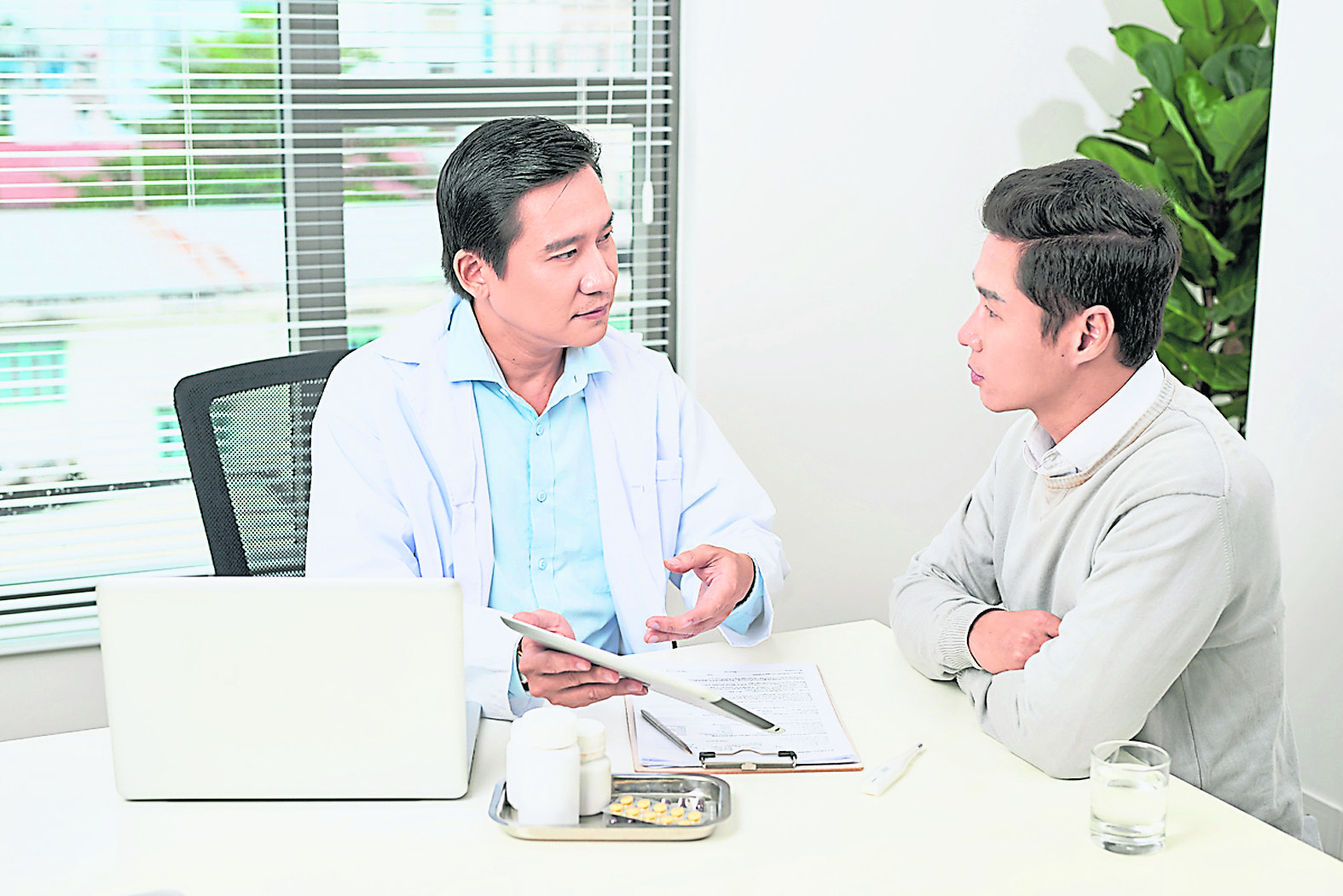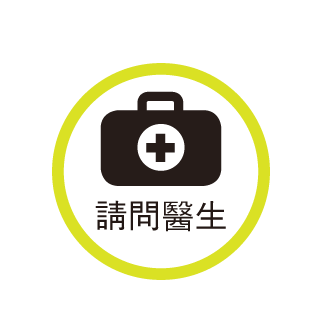【Local Medical Care】Check in time to prevent diseases and protect your health from the heart
[ad_1]
Text: Chen Qiulei Organizer: Liang Yingxiu
Heart health is extremely important, once sick it will bring endless troubles.
Some heart diseases have obvious symptoms, while others do not show any traces. Therefore, the public can start with the most basic electrocardiogram examination according to the situation, and the deeper ones can receive echocardiography examination, coronary artery calcification quantification and coronary angiography examination. Prevent heart disease from happening.
Dr Li Liqun
(Dr Lee Li Ching)
(Kuala Lumpur News) Heart disease refers to a series of conditions that affect the health of the heart. Generally, the more familiar ones include cardiovascular disease, arrhythmia, congenital heart defects, myocardial infarction and so on.
Timely heart examination is the only way, only in this way can we see whether the heart is healthy or not, and achieve the purpose of preventing diseases and preventing sequelae.
Echocardiography to detect myocardial abnormalities
Dr. Lee Li Ching, consultant cardiologist, pointed out that there are several types of heart screening. One is the most common and well-known electrocardiogram (ECG), which mainly records the heart muscle contraction. The micro-current signal generated to understand whether the heart function is operating normally.
“ECG is divided into resting ECG (resting ECG) and exercise ECG (treadmill exercise ECG). General heart examination can use ECG.”
Second, echocardiography (Echocardiography). It is a non-invasive imaging test of the heart. It mainly uses ultrasound to perform multi-directional and multi-angle inspections of the heart to generate heart images. Echocardiography can detect whether there are adverse conditions in the myocardium, heart gate, atrium, outer cortex of the heart, and great blood vessels.
Echocardiography can be divided into transthoracic echocardiogram, stress echocardiogram and transesophageal echocardiogram.
She revealed that people with a family history of heart disease, congenital heart disease, heart treatment and weak heart function are generally suitable for echocardiography to check the heart condition.
Third, coronary angiography (Coronary CT Angiography, CTCA). It uses a high-speed multi-layer spiral computer scanner (Multiple Detector Computed Tomography, MDCT) to scan the cross-sectional view of the heart and cardiovascular system, and then forms a three-dimensional heart image. Doctors can get more accurate diagnosis results, such as whether To assess the risk of coronary heart disease in patients with early coronary infarction and minimal calcification in the cardiovascular system.
Another special case is that people who are suspected of having congenital coronary anomalies (coronary anomalies) are also suitable for CTCA.
Fourth, coronary artery calcium quantification (Calcium-score Screening, CAC). Like an echocardiogram, it is a non-invasive test. Its purpose is to detect calcification in the coronary arteries, that is, to calculate the number of calcified plaques through heart computer scans. Generally, this test can be used to detect the risk of cardiovascular disease.
Diagnosis of arteriosclerosis by 3 inspections
When doing CAC, how does the amount of plaque define the risk of developing cardiovascular disease, she said? There are several standards that can be used as reference indexes.
“0: no plaque, low risk of cardiovascular disease;
1 to 10: Fewer plaques, less than 10% risk of serious heart disease, low risk of heart disease;
11 to 100: some plaque, possible mild heart disease and moderate chance of heart attack;
101 to 400: Moderate amount of plaque, high likelihood of having non-obstructive heart coronary artery disease, moderate to high risk of heart attack;
More than 400: Large coverage of plaque, risk of severe coronary artery disease above 90%, high risk of heart attack. “
The study pointed out that among women with obstructive coronary artery disease, the proportion of CAC score 0 is much higher than that of men.
The study also pointed out that whether a CAC score of 0 can really detect obstructive coronary artery disease depends on age. Accurate detection of obstructive coronary artery disease also depends on age.
In addition, according to the 2018 ACC/AHA Cholesterol Guidelines, non-diabetics aged 40 to 75, such as those whose statin therapy is uncertain, have a cholesterol level between 70mg/dl and 189, and a 10-year risk of atherosclerosis between 7.5% to 20%, the above CAC is recommended.
“We are usually more concerned about the patient’s arteriosclerosis, so three kinds of examinations must be performed to obtain an accurate diagnosis. The order is echocardiography, CAC and CTCA, and generally more emphasis is placed on CAC and CTCA.”
CTCA detects coronary artery calcification
CAC can only see the external conditions of the cardiovascular system, and CTCA can detect whether calcification also occurs inside the coronary arteries. However, it depends on the situation to decide whether to perform coronary angiography. If the degree of obstruction is less than 10%, the coronary artery calcification can be stopped.
In addition, some patients have a low degree of calcification, but their blood vessels are 100% blocked. She usually recommends such high-risk patients to have a deeper examination, and CTCA is the ideal option.
“In addition to heart examinations, doctors will also do other related screenings, such as blood pressure, weight, height, BMI, etc.; they will also do X-rays, because sometimes problems with the body may not be caused by the heart, but by other organs .”
She pointed out that after conducting corresponding examinations, if abnormal heart health is found, the doctor will make another arrangement depending on the lesion and condition. Some will take medicine, while others will make another appropriate medical arrangement.
Doctors often advise patients earnestly after the examination results are released that even if they are still healthy now, they should start to change their lifestyle, such as paying attention to diet, quitting smoking and drinking, and exercising.

69.4% male
ischemic heart diseasenumber one killer
According to a study by the Institute for Health Metrics and Evaluation (IHME) of the Washington University School of Medicine based on the Global Burden of Disease (GBD), from 1990 to 2019, the global cardiovascular disease The number of deaths from diseases is increasing, and the death cases of cardiovascular diseases top the list.
Data show that a total of 17.9 million people died of cardiovascular disease, accounting for 31%.
According to the data released by the Malaysian Bureau of Statistics in 2020, the study of the causes of death in my country in 2019 shows that the top five causes of death are ischemic heart disease (15%), pneumonia (12.2%), and cerebrovascular disease (8%). , traffic accidents (3.8%), and malignant tumors of the trachea, bronchi and lungs (2.4%); among the deaths from ischemic heart disease, men accounted for the majority, accounting for 69.4%; in terms of age, those aged 41 to 59 accounted for 18%, 16% were 60 or older.
Those aged 30 or above should have regular medical check-ups
“The “class” of cardiovascular disease is defined by severity. The initial stage is the well-known atherosclerosis (atherosclerosis) and coronary artery disease (coronary artery disease); Myocardial ischemia, coronary thrombosis, and even late-stage cases, such as ventricular enlargement, congestive heart failure, etc.”
What Li Liqun mentioned above is only the type of heart disease that everyone has heard about. As a doctor, I don’t want to see the occurrence of serious cardiovascular disease. Even if we know the disease from the test results, if it is in the early stage, at least we still have time to do appropriate treatment, so that it will not go to the point of no return.
So, does everyone really have to have a physical? Her answer is: For a certain group of people, yes!
According to the guidelines given by the National Public Health Service, people aged 30 or over who are in good health should have a physical examination to find out whether they are at risk of developing chronic diseases.
People aged 40 or older should have heart screenings, she suggested. If you have problems such as high blood pressure, diabetes, high cholesterol, etc., please also do regular heart examinations.
“I believe that many people think that there is no abnormality in their bodies, so there is no need to spend a lot of money for inspections; or some people think that it is not too late to have an inspection until something goes wrong. In fact, why not think about it from another angle: Should we plan ahead? , that is, before anything happens to the body, why not do a full-body examination first to prevent the invasion of serious diseases?”
3 out of 10 Malaysians have high blood pressure
She emphasized that we do not do physical examinations because we are sick or have symptoms, but from early examinations, we can find out the causes of serious cardiovascular diseases, such as the most common high blood pressure, diabetes, high cholesterol, etc.; smoking And obesity may also lead to cardiovascular disease.
According to the 2019 national health and morbidity survey conducted by the National Public Health Bureau, 3 out of 10 Malaysians have high blood pressure; 1.7 million and 3.4 million people respectively face the three-high or two-high problems at the same time.
In fact, up to 80% of cardiovascular disease and strokes are preventable. Li Liqun would like to remind the public again and again that the adverse consequences of the above-mentioned incentives must not be underestimated, and many diseases can be prevented by doing checkups. Therefore, regular inspections are necessary.
before inspectionAdjustmentWork and rest diet
Question 1. What special attention must be paid before the heart examination?
Answer 1. Before the examination, small adjustments should be made in the work, rest and diet, but only for a short day or two.
First of all, the day before the test, you need to make sure you have enough sleep, at least 6 hours. At the same time, food must be fasted for at least 8 to 10 hours (drinks other than water), and alcoholic beverages are strictly prohibited for one to two days. In addition, some specific drugs also need to be taken temporarily according to the doctor’s instructions.
When conducting an examination similar to the running test, the hospital will require you to wear specific clothing, usually loose underwear, etc., but not every hospital will provide the corresponding clothing, so you can prepare a set of underwear and exercise equipment by yourself. Shoes, just in case, and the COVID-19 virus is still not cleared, it is more hygienic to wear the clothes prepared by yourself; it must be reminded that if you are pregnant, please inform the medical staff to cancel the X-ray examination.
[ad_2]
Source link

![[Love Wants Sexual Happiness Series 358]Find the culprit and overcome psychogenic erectile dysfunction. Don’t let pressure affect your sexual happiness.](https://chinathenews.com/wp-content/uploads/2024/04/171111-780x420.jpg)

![[Wanqingyi Care]My health, my rights, customized medical methods in the last stage of life](https://chinathenews.com/wp-content/uploads/2024/04/ZZ1-100-780x420.jpg)
![[Kidney Transplantation Special Topic]The survival rate of transplanted kidneys is high without dialysis treatment three times a week](https://chinathenews.com/wp-content/uploads/2024/04/1311-780x420.jpg)



